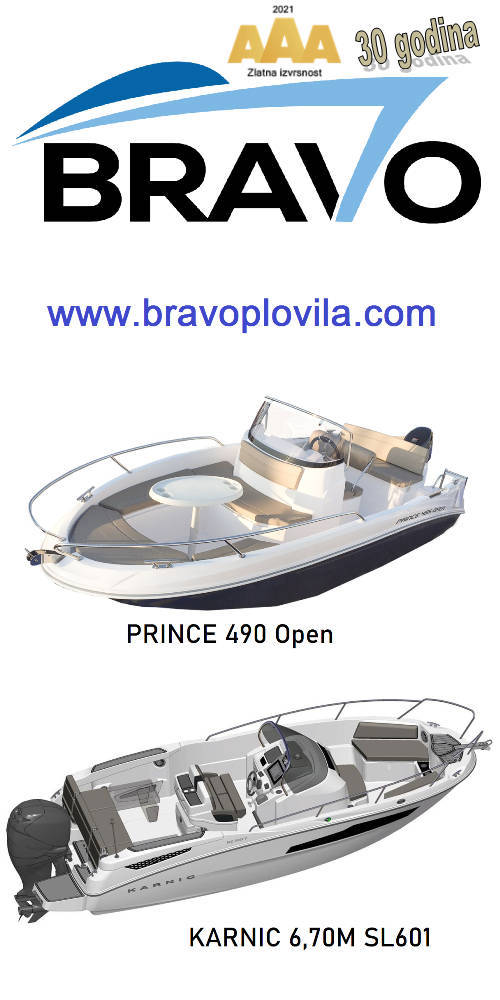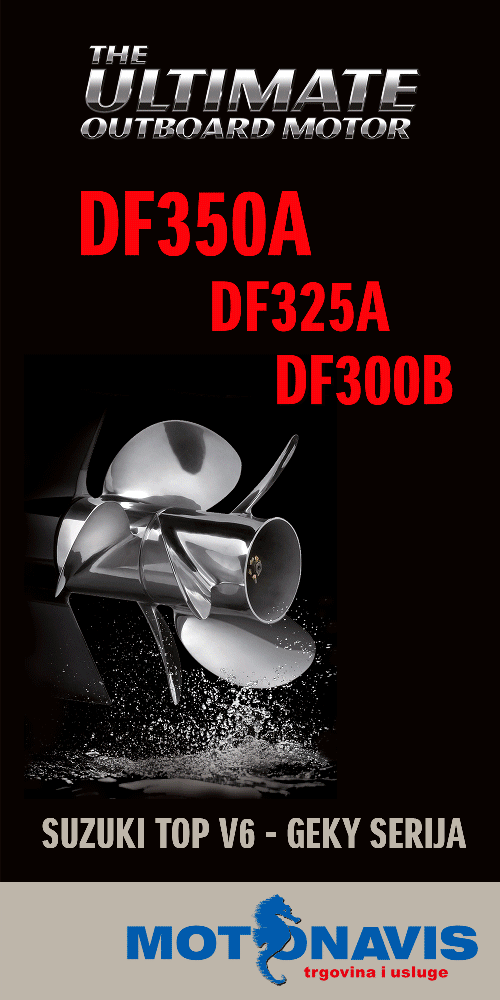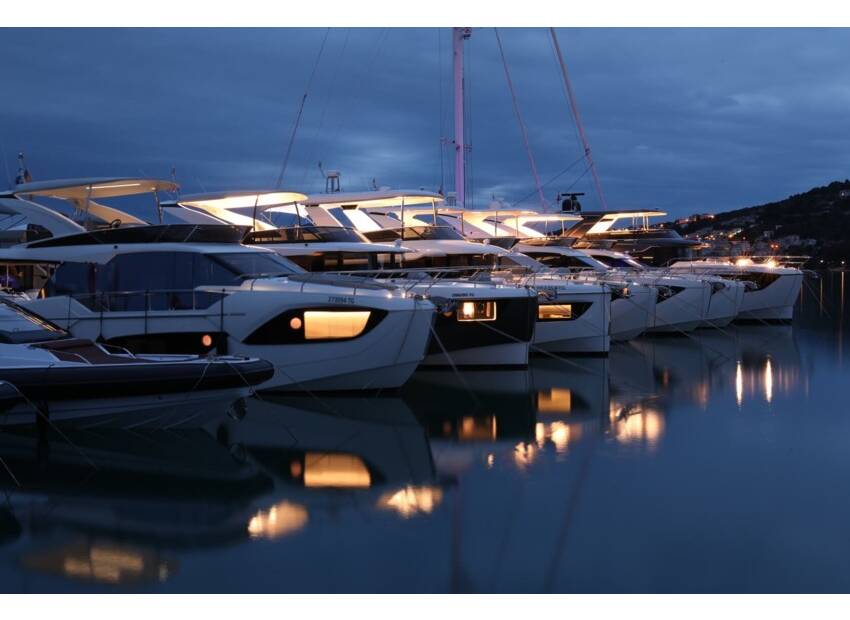´But how did it happen?´(a Sail-World article)
How often do you personally check your mast? Every time you use the boat? Never? Do you leave it to the experts? Do you know what to check for? What can bring it down anyway? How can you tell the integrity of the stainless steel on your boat?
Unless it can be proven to be less than ten years old, most insurers attempt to persuade their policy holders to renew the standing rig. Surveyors take a more liberal line and suggest that if the rig is more than ten years old, consideration should be given to changing it, during the course of the next two to three years. The surveyor´s comments will relate to some extent to the condition of the rig as he sees it and how well the boat is managed.
Whenever you use your boat, you should walk around alert for the small signs of trouble, particularly if your rig is in the older age bracket. A thorough check every six months is sensible, by you, or by a rigger, but many of them can be checked quite easily by anyone who is alert to what they are looking for.
Cracked swage
These points are worth checking, some of them critical when purchasing a boat:
(a) Are the swaged fittings straight, or is distortion evident?
(b) Is there adequate articulation, where the ´T´ terminals fit into the mast, and are the backing plates showing signs of wear?
(c) Any signs of corrosion (see later information) where the wire feeds into the lower swage could be a sign of trouble and if there is a single frayed strand, then the wire should be condemned.
(d) Are the rigging screws perfectly straight (no bends) and lubricated? Are the clevis pins the correct size for the chainplate holes and rigging screw toggles?
(e) Is there evidence of chain plate movement, especially with regard to the babystay and aft lowers, since these take heavy loads?
(f) Are moving parts in good condition, such as goose-neck, kicker and mainsheet connections?
(g) Are there any signs of dents, or chafe damage that could weaken the structure of the mast or boom?
(h) Is the furler and headfoil system in good condition? Maybe needs a service?
(i) Is there any evidence that the ´T´ base/mast post assembly has degraded through compression. Poorly fitted deck glands can result in water penetrating the structure immediately beneath the ´T´ base under the mast.
(j) Are deck organisers, clutches and winch arrangements correctly positioned in terms of minimising friction? Are they lubricated and do they function effectively?
Crevice corrosion
Corrosion is one of the premier causes of gear failure. Understanding how stainless steel corrodes - and why - is key to caring for it, and/or watching for the signs that a problem might be at hand. Towards the aim of understanding corrosion, there are two kinds of corrosion worth talking about:
Crevice Corrosion:
One way that corrosion can take place is when the oxygen volume at a particular place is indirectly cut down. For example, this can happen between a bolt head and a washer that are under salt water. This isolated area of stainless steel may not have enough oxygen to rebuild the chromium oxide film if the film is scratched or worn away due to minor movements or vibrations. If this happens, the stainless steel passes into its active state and corrodes freely (It can corrode as fast as a piece of steel exposed to rain). This type of corrosion is often referred to as crevice corrosion or a form of concentrated cell corrosion. The possibility of it taking place is reduced if the boat or salt water is in motion. Brackish or stagnant salt water, because of its lack of oxygen, will enhance attack. This means that your boat is MORE prone to corrosion when not being sailed.






















